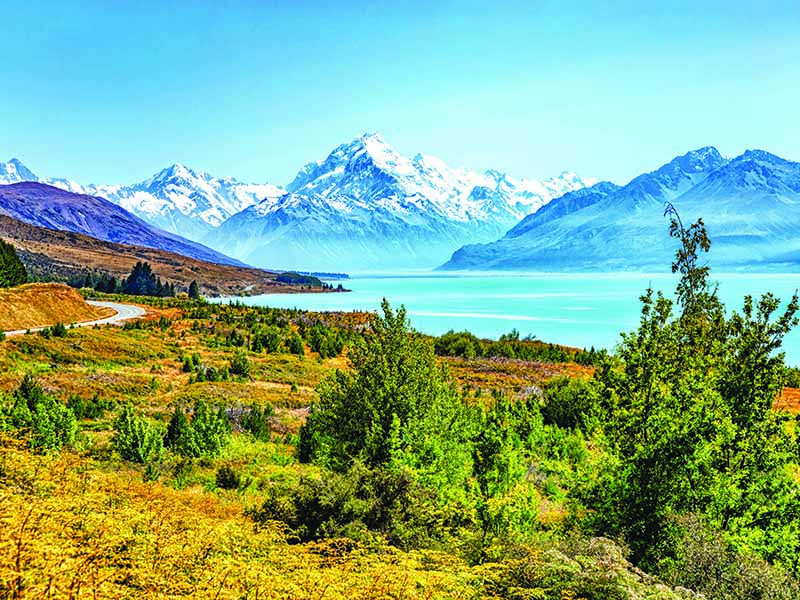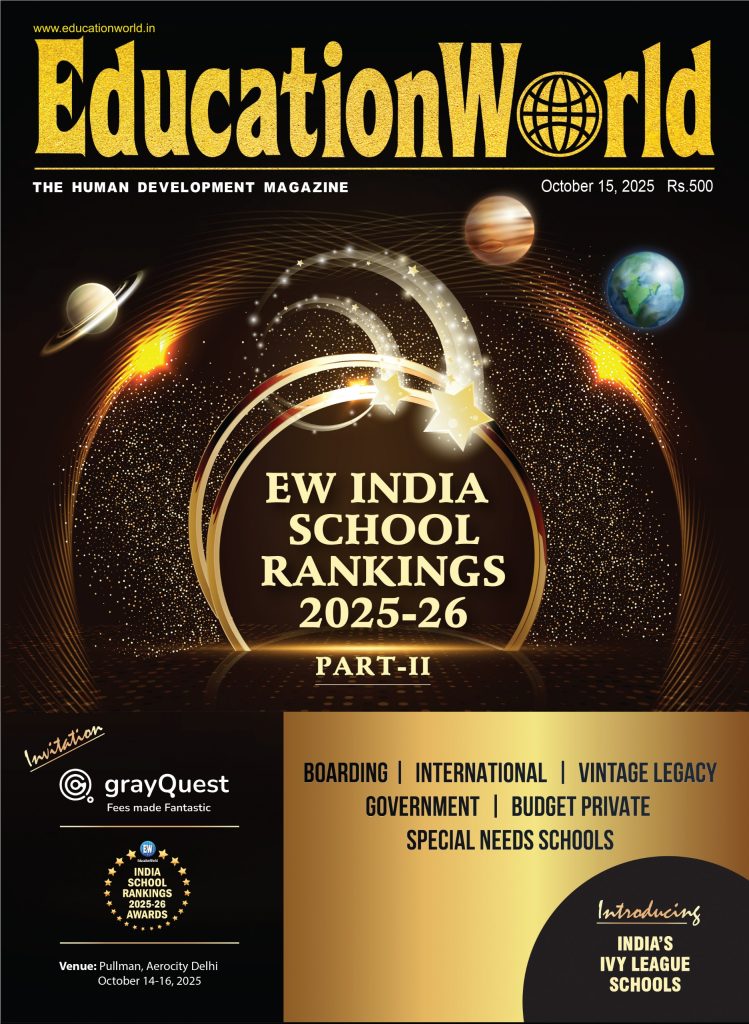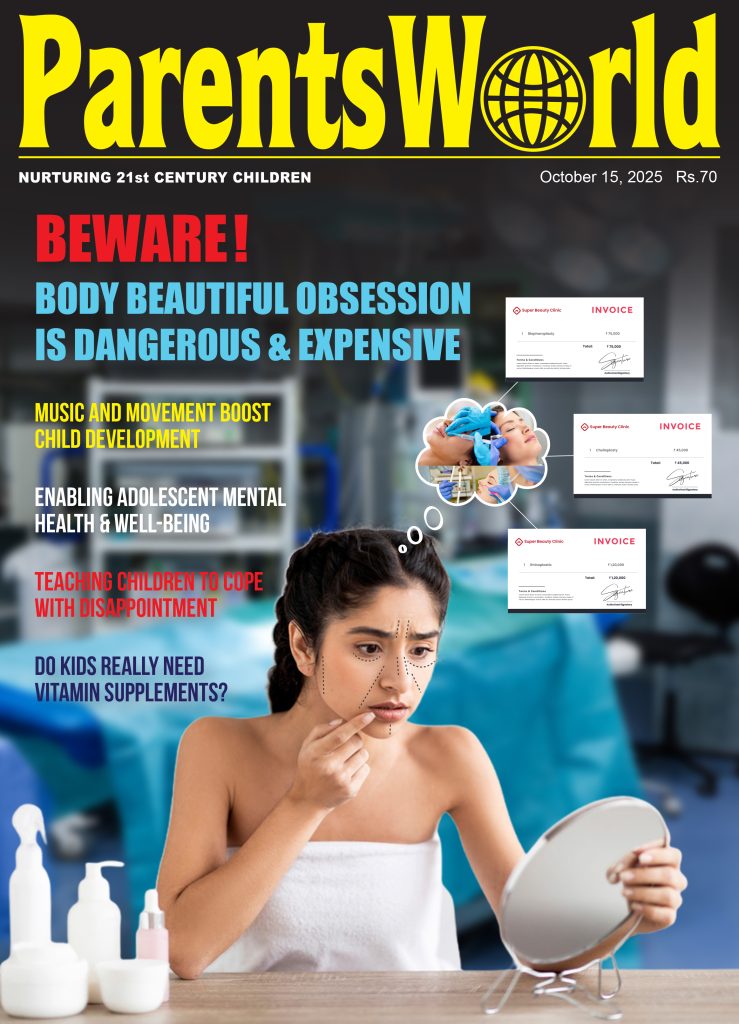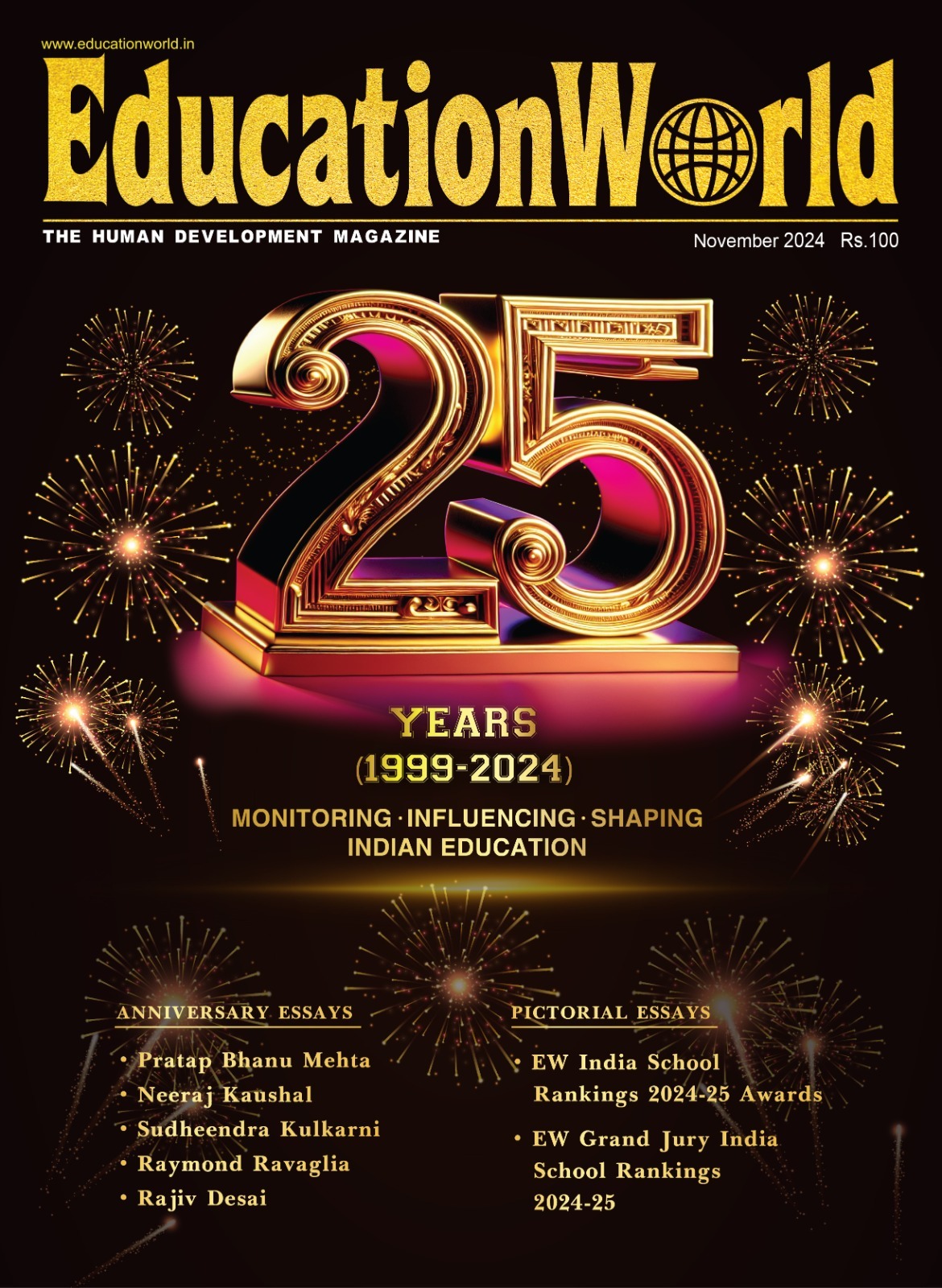Sri Lanka Enchanting tropical adventure
Punita Malhotra

Sri Lanka aka Pearl of the Indian Ocean, is an island republic shaped by centuries of human migration, trade, conquest, and resilience. This tear-shaped island, located below the southern tip of India, has been an important maritime port for over 2,000 years, attracting Arab merchants, Portuguese explorers, Dutch colonists, and British rulers. Each colonial chapter has left its mark behind, adding layers to Sri Lanka’s multicultural heritage, reflected in its architecture, languages, religious harmony, and flavoured cuisine.
Geographically, Sri Lanka (pop.21.76 million) aka Ceylon/ Serendip is a land of striking contrasts. Despite a modest land area of 65,000 sq km, it offers amazing diversity of terrain. It hosts golden beaches with palm-fringed coastlines, mist-covered central highlands, lush rainforests, arid national parks, and fertile agricultural plains. It’s this geographical diversity that makes it an appealing, enchanting family holiday destination. Distances are short, yet its diversity of experiences is vast.
Sri Lanka has a history that stretches back over 2,500 years. It hosted advanced ancient civilizations such as Anuradhapura and Polonnaruwa, known for their sophisticated irrigation systems, historic architecture, and Buddhist heritage. Buddhism was introduced in the 3rd century BCE by Mahinda, the son of Indian Emperor Ashoka, and has since shaped the island’s cultural and spiritual identity.
Over the centuries, the island has witnessed the rise and fall of kingdoms, experienced frequent South Indian invasions, and significant maritime trade. From the 16th century onward, European colonial powers — the Portuguese, Dutch, and finally the British — successively controlled the island, with the British establishing full control in 1815.
Ceylon wrested independence from Britain in 1948 and became a republic in 1972, adopting its current nomenclature. Unfortunately, after independence, ethnic tensions between the Sinhalese majority and Tamil minority escalated, culminating in a brutal civil war from 1983 to 2009, with separatist Tamils led by the LTTE, resorting to armed rebellion.
The end of the prolonged civil war brought a period of reconstruction and relative stability. However, in recent years, Sri Lanka has experienced considerable political unrest, economic crises, and mass protests, most notably in 2022 because of chronic inflation and government mismanagement. Currently, it’s ruled by a democratically elected government led by the leftist National People’s Power (NPP) coalition headed by President Anura Kumara Dissanayake, following an electoral victory in 2024. Since his election, Sri Lanka is experiencing a period of calm and economic revival, with tourism steadily increasing. In the first quarter of 2025, a record 7 million foreign tourists visited the island nation.
At the heart of Sri Lanka lies the Cultural Triangle, a historically rich region in the centre of the island, forming a roughly triangular area between Anuradhapura, Polonnaruwa, and Kandy. This area hosts the ruins of the island’s most important ancient cities, religious monuments, and UNESCO World Heritage Sites. Since the 3rd century BCE, when Buddhism was established as the dominant religion, the island remains deeply spiritual, replete with temples, stupas, and pilgrimage sites. In the cool hills, colonial legacies live on in English Tudor-style homes and tea estates of Nuwara Eliya, a ‘Little England’ that sprang up during the British Raj. Down south, the coastal fortress city of Galle whispers stories of seafaring empires, merchants and spice traders. And for animal-lovers, Sri Lanka is a dream. Leopards prowl in Yala, elephants bathe in Minneriya, and blue whales sport off the coast of Mirissa.
In short, Sri Lanka is a richly illustrated storybook… vivid, varied, and full of wonder… ideal for families seeking relaxation and adventure. I recommend a 10-days itinerary to best experience its culture, wildlife, history, beach resorts, in an immersive family vacation.

Colombo
Day 1-2: Colombo
Begin your Sri Lankan adventure with Colombo (pop.2.3 million), the island republic’s capital where modern energy mingles with colonial history and multicultural charm. This bustling port city has been a gateway of the island for centuries, first for Arab traders, then Portuguese, Dutch, and British colonisers. Set on the western coastline and shaped by the Indian Ocean, Colombo offers a teaser of the island’s many delights.
Start with exploring the lively Galle Face Green. This breezy oceanfront promenade is loved by locals for its open spaces, scenic sunsets and spicy street snacks such as crispy isso wade (shrimp fritters). Next, visit the vibrant Pettah Market, a labyrinth of narrow streets teeming with traders vending everything from fresh farm produce and electronics to sarees and sweets. It’s a whirlwind of colours, sounds, and smells for children. Tuk-tuks (passenger autorickshaws) dart through crowds, towers of mangoes, piles of spices, and shops filled with glittering trinkets.
Introduce children to the island’s long and layered past with a visit to the National Museum of Colombo, where vast halls house royal regalia, ancient artefacts, and a blue whale skeleton. Nearby, the elegant Gangaramaya Temple offers another culturally immersive experience. Its serene lakeside location and eclectic collection of religious statues, antique cars, and oddball relics capture visitors’ attention in unexpected ways. Wrap up the day at the quiet Independence Square, a clean, green space where children can play while parents soak up the colonial architecture and relaxed vibes.

Sigiriya Rock Fortress
Day 3-4: Sigiriya
A scenic four-hour drive from Colombo will take you to Sigiriya, the cultural heartland of Sri Lanka. Famous for its iconic Sigiriya Rock Fortress, this ancient site is an exciting adventure. The fortress rises 200 m above the surrounding landscape, and the climb, while challenging, is manageable for children, making it an enjoyable family-friendly adventure activity. Along the way, marvel at the frescoes of celestial maidens and climb past Lion’s Gate.
The views from atop are breathtaking, and children will love exploring the ruins of the royal palace while learning about the kingdom’s history. Carry water bottles with you for the climb, as it is taxing in the tropical sun. After the climb, the Royal Gardens at the base are perfect to relax in lush green surroundings.
Nearby, the Dambulla Cave Temple, with its exquisite Buddha statues and colourful murals, offers a great opportunity to learn about Sri Lanka’s history and culture.
For an immersive experience, sign up for a village tour around Sigiriya. Included are a bullock cart ride, canoeing across a serene lake and introduction to traditional farming, and a flavour of Lanka’s rural life.

Temple of the Tooth, Kandy
Day 5-6: Kandy
From Sigiriya, a three-hour drive takes visitors to Kandy, the cultural capital of the island. This ancient city offers a mixture of natural beauty and history. The Temple of the Tooth is a significant religious site, and visiting this Unesco World Heritage monument will prove a engaging education experience for children. Explore the ornate temple grounds and witness Buddhist religious rituals.
Following the temple visit, take a relaxing walk around Kandy Lake. The surrounding gardens are perfect for a leisurely family stroll supplemented with a boat ride, where visitors can enjoy calm waters while spotting fish and birds. The Royal Botanical Gardens of Peradeniya is another family favourite, with wide open spaces, vibrant flora, and tree-lined paths. Treehouses and ponds are certain to interest young travellers. For evening entertainment, head to a Kandyan Cultural Dance performance. This lively and energetic dance show, featuring traditional Sri Lankan drums and dance, provides a wonderful insight into the island’s rich cultural heritage.
Day 7-8: Nuwara Eliya
The road passage from Kandy to Nuwara Eliya is of three hours. The cool climate of this hill station offers a refreshing experience. Widely reputed for its colonial charm and scenic tea plantations, Nuwara Eliya offers a unique experience. A visit to a local tea factory will provide a quick education about tea growing, processing and packaging, and the critical importance of tea for Sri Lanka’s economy. Several tea estates offer child-friendly tours. Afterwards head to Gregory Lake. Enjoy a boat ride or relax by the waterside. The adjoining park is excellent for a picnic or children’s improvised games. Also recommended is a visit to Victoria Park, with its open green spaces. Nuwara Eliya also offers several playgrounds and a mini-golf course.

Yala National Park
Day 9-10: Yala National Park
Next morning start a five-hour drive from Nuwara Eliya to Yala National Park, arguably Sri Lanka’s most popular wildlife destination. The park hosts diverse wildlife. Therefore a jeep safari is likely an unforgettable experience for children to spot wild elephants, colourful birds, and possibly even the elusive leopard. Several nature walks are also on offer. After the safari, unwind in your eco-lodge or resort, many of which offer child-friendly amenities such as swimming pools, indoor games, etc.
Day 11-12: Southern beaches
Sri Lanka’s southern coast offers scenic palm-fringed beaches. I recommend the beaches around Mirissa and Tangalle as they offer shallow, calm waters ideal for children to splash around. These family-friendly beaches are also popular for sandcastles building, beach games, and swimming activities. A whale-watch tour in Mirissa offers the chance to spot blue or sperm whales during the peak season. It’s a thrilling introduction to the reigion’s rich marine life. Several cafes and restaurants offer a variety of cuisines. This tranquil grand finale of your Sri Lankan holiday will help the family unwind and relax before heading back home.
Shopping
Sri Lanka offers a unique shopping experience that blends local craftsmanship, modern retail, and traditional markets. In Colombo, options range from luxury shopping and designer boutiques to local markets. The bustling Pettah Market is an essential stop to buy souvenirs such as batik fabrics, spices, and handmade jewellery. Colombo also hosts modern shopping malls like Majestic City and Liberty Plaza, where you can shop for garments, Ceylon tea, accessories, local handicrafts such as wooden carvings and traditional masks. Moreover, the duty-free shops at Bandaranaike International Airport are great places to purchase perfumes, chocolates, and alcohol.
Accommodation. Choosing family-friendly hotels ensures a comfortable and memorable vacation. Some recommendations:
Cinnamon Grand Colombo. Sited in the heart of Colombo, this family-friendly hotel offers spacious rooms, a swimming pool, and a kids’ club. (Rs.5,040-7,000 per night) Heritance Kandalama, Dambulla: Set amidst lush greenery, this eco-friendly resort offers a children’s pool, kids’ play area, and nature trails. (Rs.7,000-9,800)
Shangri-La’s Hambantota Resort & Spa. Located on the southern coast, this beachfront resort offers a kids’ club, a water park, and spacious family suites. (Rs.9,800-14,000).
Practical advice
Bandaranaike International Airport in Colombo is well-connected, and taxis or shuttles provide smooth transfers. Private car rentals and scenic train rides are also great options for family travel. English is widely spoken. The currency is Sri Lankan Rupee (LKR). Credit cards are accepted in most places but it’s advisable to carry cash for smaller shops.
The best time to visit is December-April. March-May is ideal for exploring the island’s hill stations. Pack light, breathable clothes, sunscreen, and insect repellent. Many attractions are child stroller-friendly but be ready for some uneven surfaces.

















Add comment